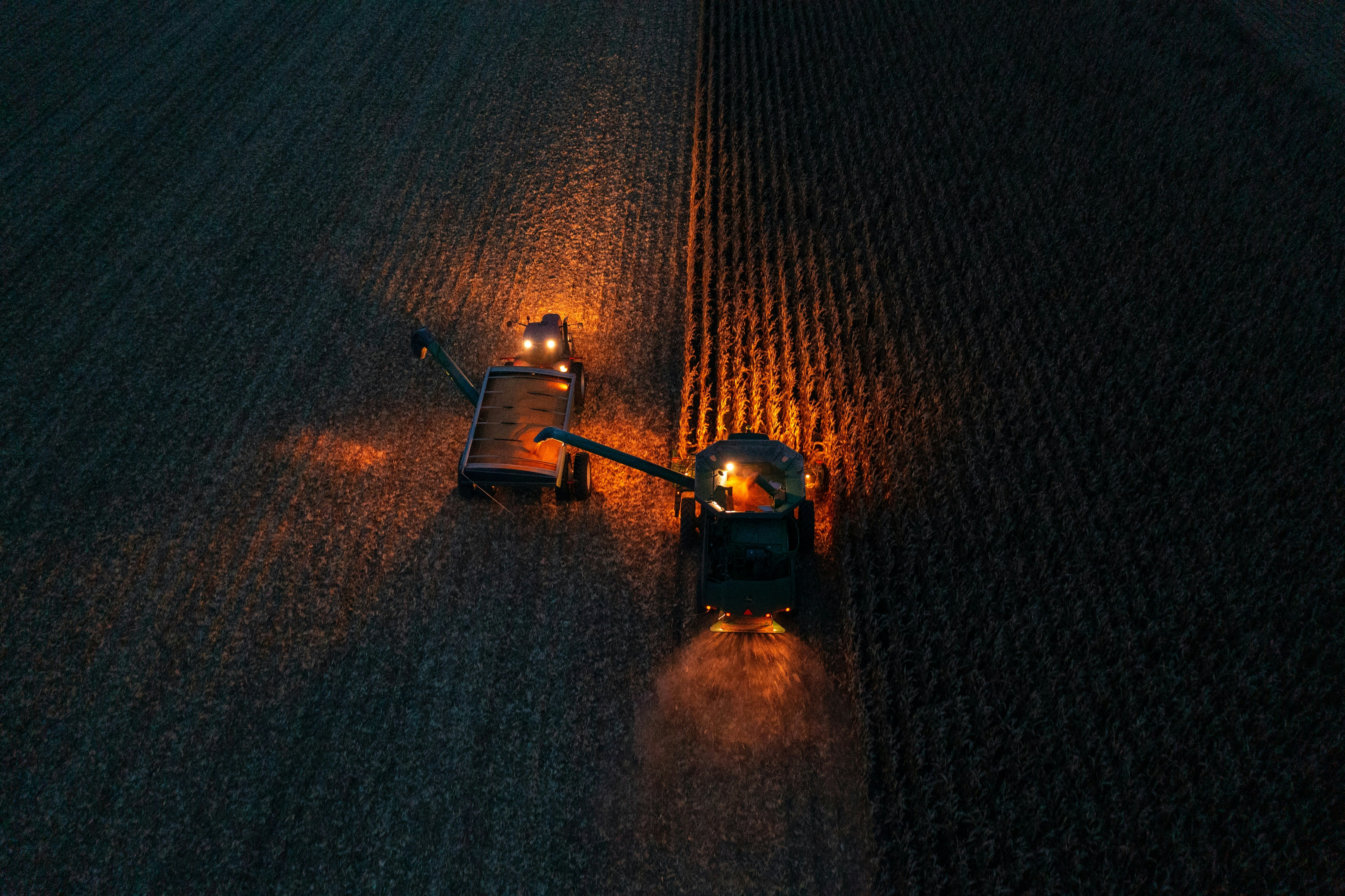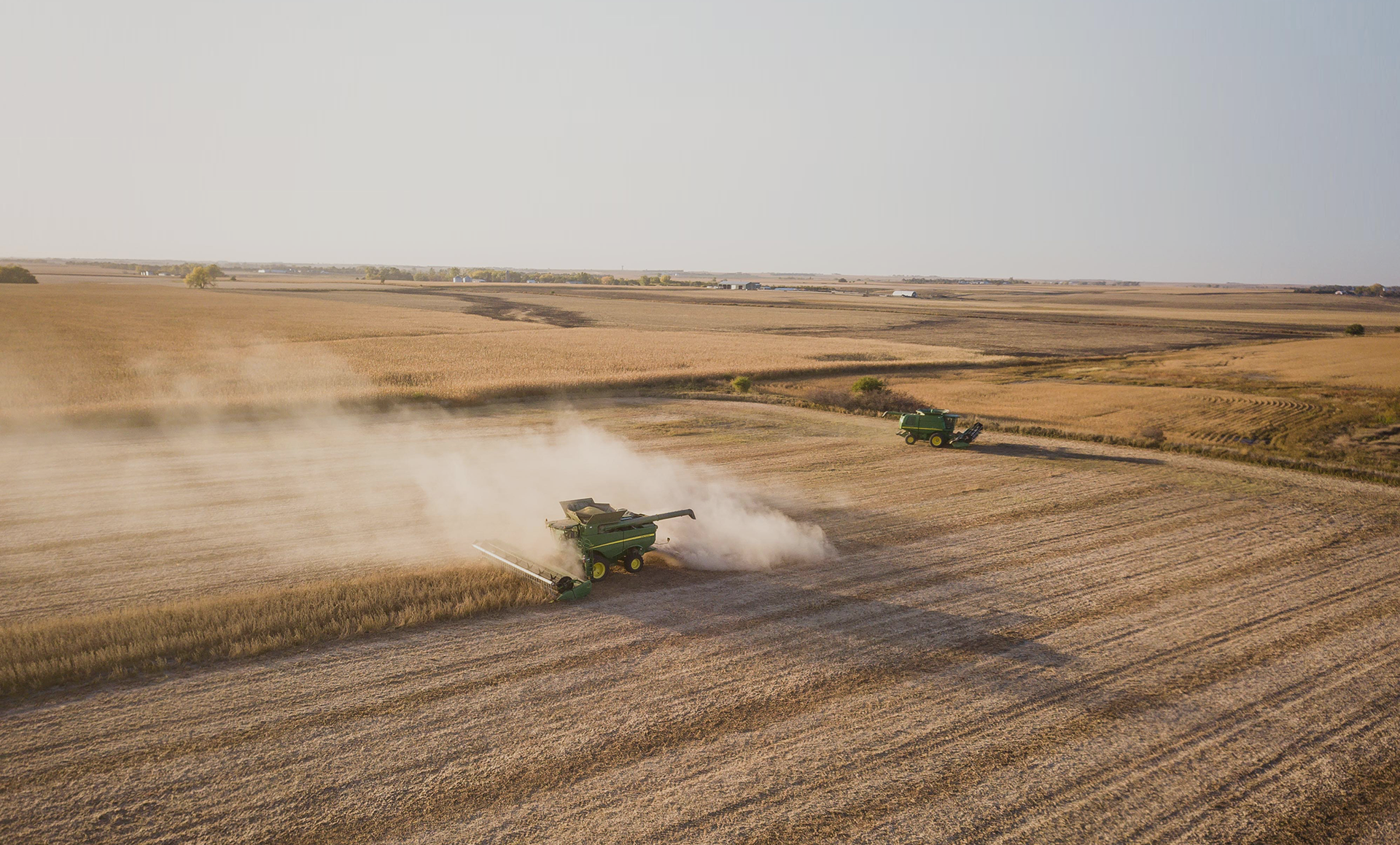David Inderias, a former medical student and one-time engineer, is the co-founder of Fresh Supply and sees his role as matching the data generated in production of agriculture with the deep pools of emerging crypto financing.
Essentially Inderias is helping putting lazy cryptocurrencies to work. Think about how banks operate: they use savings sitting in deposit accounts and lend it out on the other side to homeowners or business. Savers are barely aware of the activity going on in the background but they are being paid for their funds in the form of interest.
Importantly, Fresh Supply is not a bank. But it takes information that exists in the real world and puts this into smart contracts. Not only is provenance of the products produced on the farm tracked by crypto-backed technology, producers get automatic payments akin to trade financing when preconditions are met.
The technology behind cryptocurrencies such as bitcoin is being used to unlock new forms of financing.
In the agri space these conditions might be specific such as the level of protein in grain, the weight of shellfish, or the fat scoring of beef. All this information can be used to attract export financing. Fresh Supply uses this data to secure the funding from a DeFi, or decentralised finance partner, which acts like the bank to source crypto-based financing, which in Fresh Supply’s case is a US stablecoin pegged to the US dollar.
Fresh Supply’s financing partners include MasterCard Provenance blockchain to help cross-border funding and this month it secured a funding arrangement from a Berlin-based DeFi called Centrifuge which oversees a crypto “liquidity pool” accessible by the smart contracts.
“It’s difficult to get funding for agribusiness,” Inderias says. “It’s analog, but it’s viewed as opaque and risky. The information is there, but how do you get it? We’re experts are getting that information to show the business is in a healthy functioning state, or this specific consignment of cows or grains is high quality”.
For producers it’s a way of using their product to tap cheaper funds. It also enables them to borrow against assets that banks often shy away from, such as livestock or production. Producers don’t take on the volatility risk of the crypto assets because that is secured at the DeFi stage. Inderias has about 30 agribusiness clients across Australia and through Asia tapping into his technology.
“We’re not competing against the banks. What we’re doing is expanding into that specialist, agribusiness, non-bank pool of capital, and then blending that with a new capital source that has value,” Inderias says.
The push comes as banking regulators are grappling with how digital currencies will evolve. While the prospect of unsecured cryptocurrencies such as bitcoin being used for daily transactions is not on the horizon, the Reserve Bank sees a possibility of a retail central bank digital currency or an eAUD.
Depending on how the technology evolves hit sees digital tokens used potentially to speed up or provide lower-cost payments than currently available for large transactions.
A recent report by EY and tech company Mawson and released by Liberal Senator Andrew Bragg outlined the potential for cryptocurrencies to become a key part of the Australian economy.
These blockchain-enabled financial instruments can make payments cheaper and faster, open up new forms of ownership and financing, and spur investment in crypto infrastructure.
Under the right policy settings and accelerated adoption, Australia’s digital asset economy could grow to $68.4bn by the end of this decade. However Senator Bragg said Australia would need to adopt a “fit-for-purpose” regulatory system to promote certainty in the digital asset space.
While cryptocurrencies are highly volatile – bitcoin has lost 37 per cent from its November peak – for much of the time they do little but sit in digital wallets. Wall Street banks and fund managers sit on vast holdings of crypto as an emerging asset class. Electric car manufacturer Tesla has more than $US1bn in crypto on its books, although this is not lent out, it is designed to facilitate payments among its own customers.
Inderias describes what is taking place with cryptocurrencies as similar to the “wildcat money” in the US west in the early 1800s. Essentially a slew of private banks issued their own currencies with little backing from assets.
The lesson from history is that privately issued funds often end in financial instability or deep losses for consumers. This is where state-backed central banks step in to provide stability to currencies.
“That’s what’s happening now. You have these big entities backed by venture capital. They’re respected, there’s quality in the code. But what we’re seeing is private sectors playing off this whole kind of digital asset to stable coin idea,” Inderias says.
He believes global companies such as MasterCard, Visa and PayPal will evolve to develop their own stablecoins that will be used in cross-border payments.
But right now he likens the evolution of cryptocurrencies as where the world was in the 1990s when it was just getting across the potential of the internet.
“We’re seeing the private sector stepping in, we’re starting to see some maturity with ethereum to stable coins that offer some kind of business use case,” he said.
“There’s trillions of dollars in those digital assets. It’s a new pool of capital”.
Central banks like the Reserve Bank of Australia are examining the implications of cryptocurrencies. While the RBA is open to the potential of the technology behind cryptocurrencies, for now it has warned investors to do their own homework.
“There is still a lot of uncertainty about the long-term usefulness,” RBA Governor Philip Lowe told a payments conference.
“Before investing, it is best to understand fully the underlying value proposition: Considerations here include the usefulness to end-users of the underlying payments functionality, the security of the funds invested, price volatility, the stability of the intermediaries used and the ultimate backing of the asset – not to mention the significant energy consumption that is required to make a transaction using some of these crypto-assets,” Dr Lowe said.
Did you enjoy this ?
Share it with a colleague.



